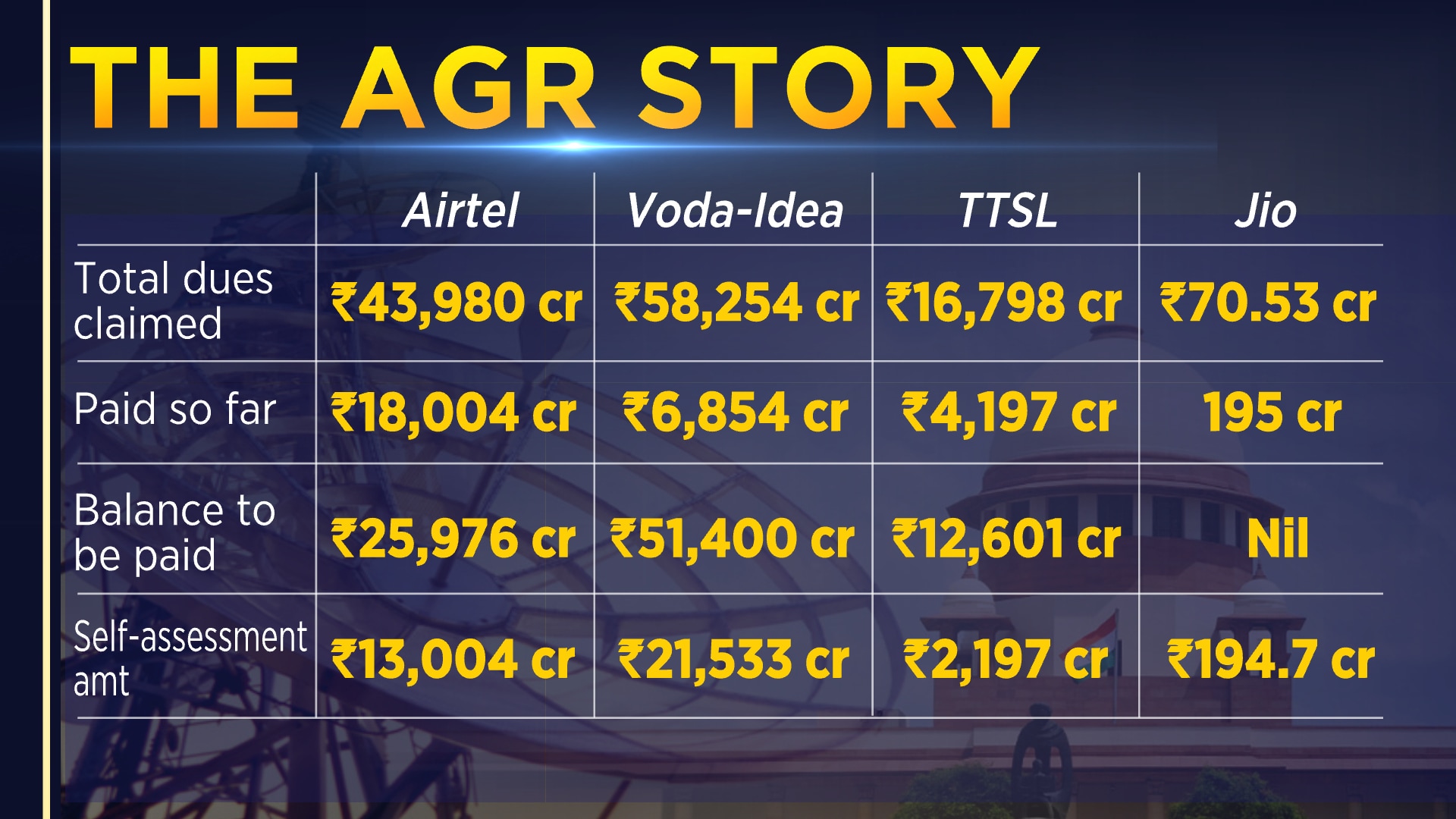Daily News
Why do telecom companies need a tariff hike?
After a 25 percent tariff hike in December 2019, the operating environment for Indian telecom companies changed and raised hopes of a revival in the sector. Investors also expected multiple rounds of continued tariff hikes, which would allow telcos to cover their cost of capital and reach a respectable return on capital employed (RoCE).
Each player needs an Average Revenue Per User (ARPU) hike as Vodafone Idea needs to survive, Reliance Jio needs to justify its high valuations in the recent investments and Bharti Airtel needs to deleverage, brokerage Motilal Oswal said in a report.
“Unlike the last 10 years, Bharti Airtel could garner more than 5 percent FCF yield, while Reliance Jio could do better with respectable RoCE. This should allow healthy re-rating. Vodafone Idea’s fate is dependent on the AGR case resolution even as we await stability in market share,” Motilal Oswal noted.
Vodafone Idea’s weak cash position with outstanding cash and cash equivalents of Rs 2,660 crore in FY20 and EBITDA of Rs 5,810 crore would be insufficient to service its estimated cash requirement of Rs 13,500 crore for FY21/22E. Also, the company’s cash requirement would be Rs 30,000 crore for FY23E and beyond as the 2-year deferred spectrum payment moratorium ends.
Therefore, Vodafone Idea would need a price increase of 50 percent to keep it afloat assuming limited bank refinancing and subscriber churn, the report said.
Reliance Jio, with subscriber growth addition tapering off, has to utilize other avenues of incremental growth to justify the current valuations that it commanded in recent deals. According to Motilal Oswal estimate, for an 8x EV/EBITDA, it would require to triple its EBITDA.
This may require over 40 percent ARPU hikes, even if we assume a large portion of the incremental revenue comes from its ambitions in Jiofiber and other digital avenues.
“Being a market leader and price maker, this adds credence to the welcoming tariff action possibility in the industry,” the brokerage said.
Bharti Airtel, in FY19, raised Rs 39,400 crore from QIP and rights issue and another $750 million from the Africa IPO to reduce its leverage from 4.3x in FY19 to 2.8x in FY20. Post the AGR liability, its net debt stands at Rs 1,02,200 crore and leverage at 3.4x.
The company’s net debt could further increase by Rs 10,000 if AGR dues are assumed as per DoT while incremental FCF could be utilized for deleveraging. Further, management has consistently reiterated reaching ARPU of Rs 200 in the near term and Rs 300 in the long term to reach respectable RoCEs that can cover its cost of capital, the report added.

“After more than 12-13 years, the telecom industry is once again in a sweet spot. It is returning to a healthy monetization stage thanks to reduced CAPEX due to the end of the heavy investment cycle of the last 10 years coupled with EBITDA growth,” the report said.
Thus, Bharti Airtel’s FCF yield is expected at 7 percent and Reliance Jio’s RoCE at 11 percent in FY22E. The brokerage believes that the expected tariff hikes of more than 50 percent over the next few years may bring Bharti Airtel and Reliance Jio’s RoCE above the cost of capital for the first time in 10 years. However, Vodafone Idea needs more than 50 percent price hike to overcome the challenge of declining market share, high-cost structure coupled with steep leverage, it said.
Meanwhile, the brokerage believes that the Consultation Paper on tariff released by TRAI in December 2019 may not give desired results. The paper raised questions on issues involving fixation of floor tariff and methodology.
Meanwhile, given the near-term economic headwinds, any tariff hike is possible only if there is a collective effort on the part of all telcos.
In the last few months of the lockdown, while other businesses were shut, the telecom industry remained operational. However, it weathered the impact of lower recharges, consolidation of dual sim cards, and lower 4G off-take due to lack of physical counters/financial constraints with the potential impact of around 4-5 percent on revenues, the report said.
“In the coming quarters, GDP is expected to contract, leading to lower disposable income and lower consumer spending power. In such a scenario, a price hike of 20-25 percent could take away Rs 35,000-45,000 crore of annual household income, and would be difficult for consumers to absorb. Thus, we believe that a tariff hike will have to wait at least a couple of quarters to fructify,” the brokerage said.
-CNBC TV18.com














You must be logged in to post a comment Login